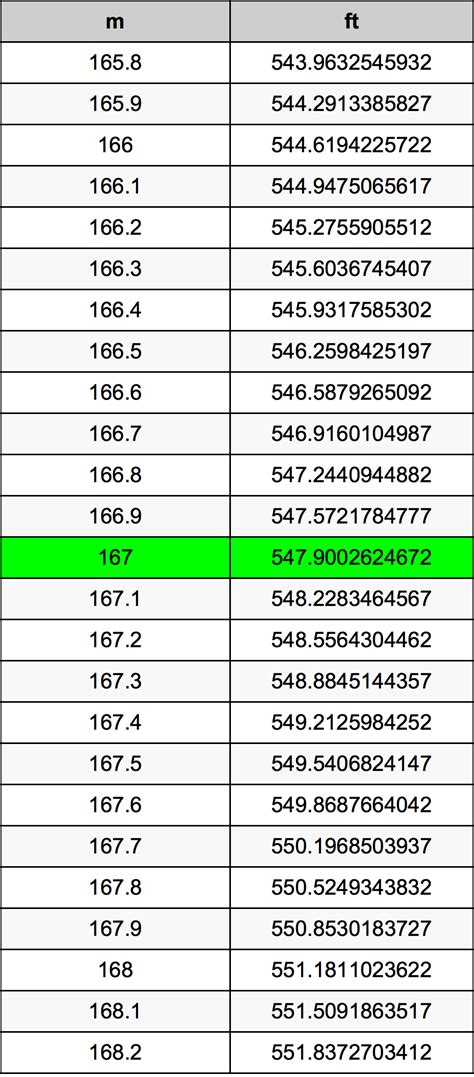Understanding torque is crucial in various fields, including physics, engineering, and mechanics. Torque, in simple terms, refers to a measure of the twisting or rotational force that can cause an object to rotate or turn. This concept is fundamental in the design and operation of machines, engines, and even simple tools like screwdrivers. Finding torque easily involves understanding its basic principles and applying the right formulas.
Key Points
- Torque is a measure of rotational force that causes an object to turn or rotate.
- The formula to calculate torque is τ = r x F, where τ is torque, r is the radius (distance from the axis of rotation to the point where force is applied), and F is the force applied.
- Torque is typically measured in units of Newton-meters (Nm) in the metric system.
- Understanding torque is essential in engineering and mechanics for designing and optimizing systems.
- Real-world applications of torque include engines, gear systems, and power tools.
Calculating Torque

Calculating torque is straightforward once you understand the formula and the components involved. The formula τ = r x F shows that torque (τ) is equal to the radius ® multiplied by the force (F) applied. However, it’s critical to note that the force must be applied at a distance from the axis of rotation and that the direction of the force relative to the radius affects the calculation due to the cross product (x) in the formula. This means that the force and radius vectors are multiplied together to give a new vector that is perpendicular to both, indicating the direction of the torque.
Understanding the Cross Product
The cross product, represented by the “x” in the torque formula, is a mathematical operation that takes two vectors and returns another vector that is perpendicular to both of the original vectors. In the context of torque, this means that the direction of the force relative to the radius is crucial. If the force is applied directly in line with the radius (either towards or away from the axis of rotation), the cross product will result in zero torque, because the vectors are parallel, and thus, no rotational force is applied. However, if the force is applied at an angle to the radius, the component of the force perpendicular to the radius contributes to the torque.
| Component | Description |
|---|---|
| Torque (τ) | Measure of rotational force |
| Radius (r) | Distance from axis of rotation to force application point |
| Force (F) | Amount of force applied |

Real-World Applications of Torque

Torque has numerous applications in real-world scenarios, from the design of engines and gear systems to the operation of power tools and appliances. In engines, for instance, torque is what gives a vehicle its pulling power or ability to accelerate. Cars with higher torque engines can accelerate more quickly and tow heavier loads. Similarly, in power tools like drills and impact drivers, torque is critical for driving screws or bits into various materials efficiently.
Efficiency and Optimization
Understanding and optimizing torque is also crucial for efficiency. In mechanical systems, minimizing energy loss while maximizing output torque is a key design goal. This involves careful selection of materials, design of gear ratios, and optimization of the system’s operational parameters. Furthermore, in applications where power and speed are critical, such as in racing or high-performance vehicles, the balance between torque and horsepower (a measure of an engine’s power output) is finely tuned to achieve the best performance.
What is the difference between torque and horsepower?
+Torque and horsepower are related but distinct measures. Torque is a measure of rotational force, while horsepower is a measure of an engine's power output. Horsepower is calculated based on torque and the engine's RPM, indicating how much work the engine can do over time.
How does gear ratio affect torque in a vehicle?
+The gear ratio in a vehicle affects how torque is transferred from the engine to the wheels. A lower gear ratio can increase the torque at the wheels, making it easier to accelerate or climb steep inclines, but it also means the engine will reach its maximum RPM more quickly. Conversely, a higher gear ratio reduces the torque at the wheels but allows the vehicle to reach higher speeds.
What are some common units of torque?
+Torque can be measured in several units, but the most common are Newton-meters (Nm) in the metric system and pound-feet (lb-ft) or foot-pounds in the imperial system.
In conclusion, finding torque easily requires a fundamental understanding of its principles and how it applies to various mechanical systems. By grasping the formula τ = r x F and considering the direction of force relative to the radius, one can calculate torque in different scenarios. Moreover, recognizing the importance of torque in real-world applications, from engine design to power tools, underscores its significance in achieving efficiency and performance. As technology continues to evolve, the role of torque in innovation, especially in fields like electric vehicles and advanced machinery, will remain pivotal.



